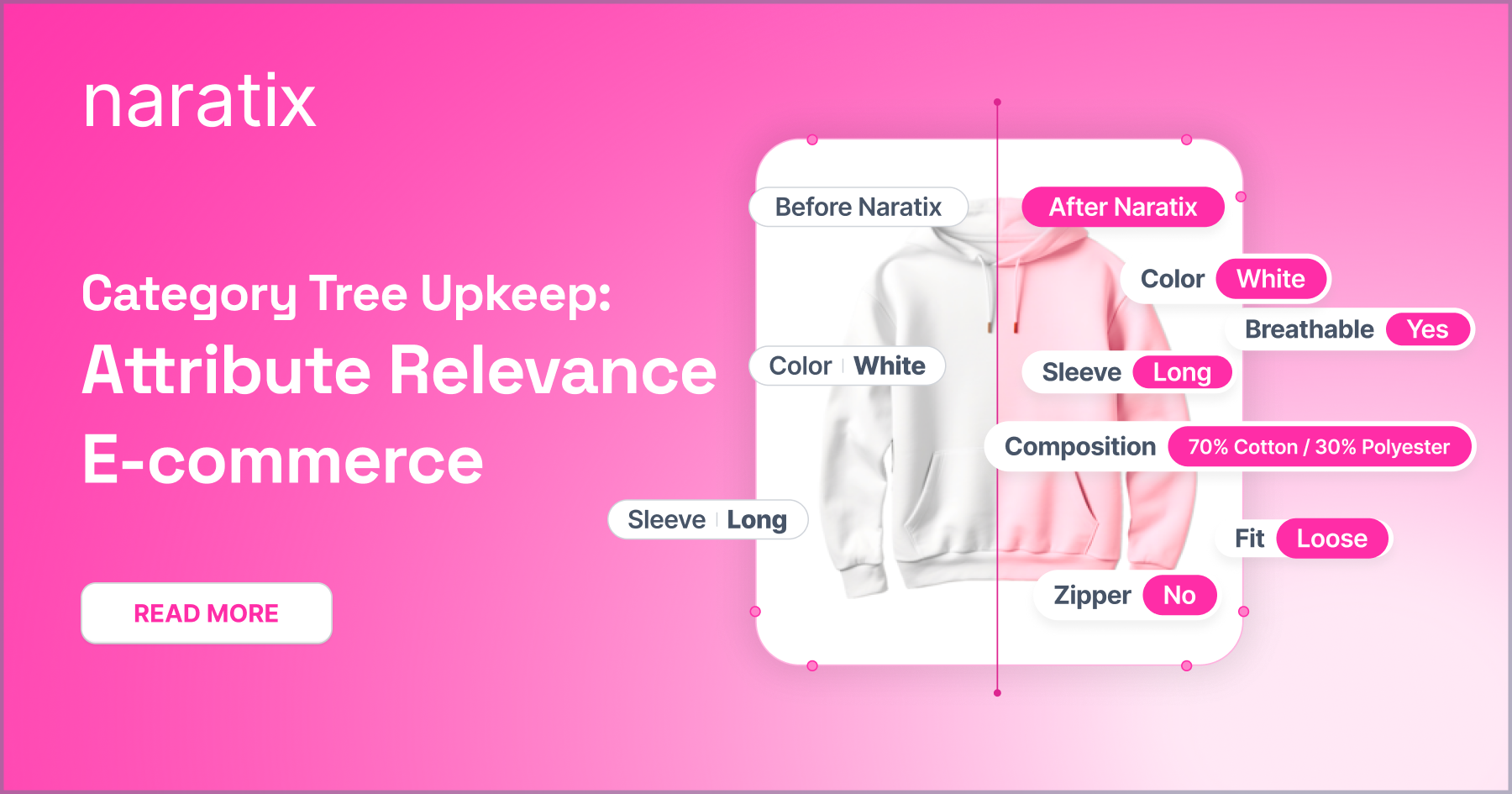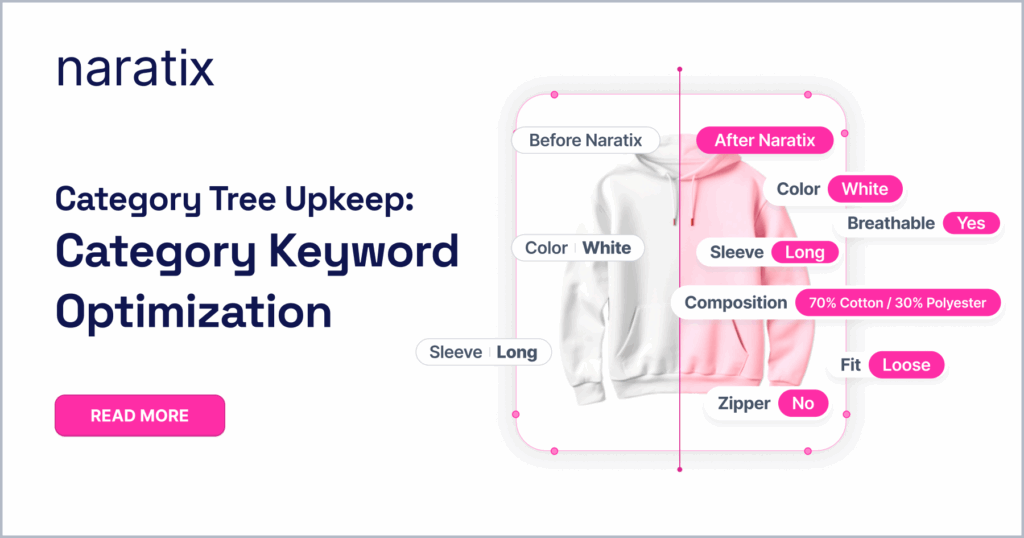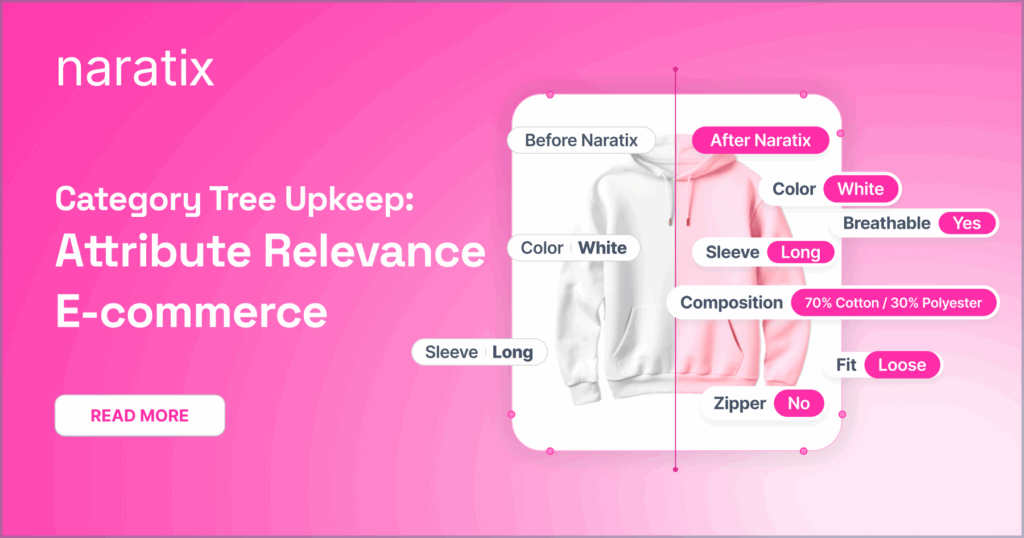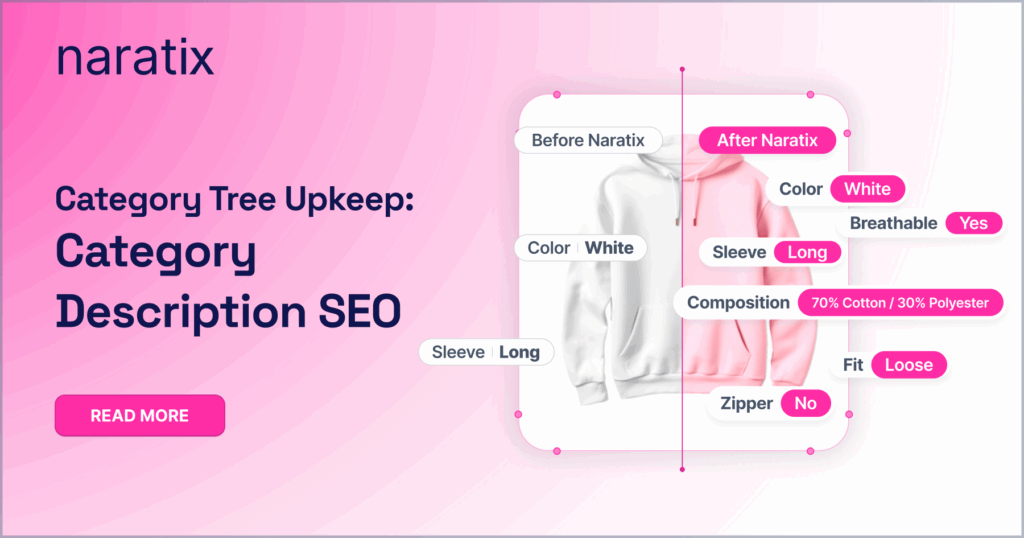Attribute relevance ecommerce is critical to creating a shopping experience that feels intuitive, personalized, and easy to navigate. Attributes are the filters, tags, and labels that power product discovery across your site. But over time, even the best attribute systems can get bloated, outdated, or misaligned with customer behavior. That’s why refreshing your attribute mapping is essential to stay competitive. However, doing it without breaking the user experience takes strategy, not guesswork.
Why Attribute Mapping Needs Regular Attention
In e-commerce, product attributes like size, color, material, or brand help define how users filter and find products. As your catalog grows, so do the complexity and volume of these attributes. If you’re not careful, you end up with inconsistent tags, irrelevant filters, and a UX that feels broken. Customers struggle to narrow down results, and search performance starts to decline.
When attribute relevance ecommerce is ignored, your store suffers from:
- Cluttered filter menus that confuse users instead of guiding them
- Incorrectly grouped products that hurt cross-sell and up-sell opportunities
- Poor SEO due to inconsistent metadata and URL structures
- Higher bounce rates as shoppers leave before finding what they need
Updating your attribute mapping brings clarity and structure, but only if done with UX in mind.
What Makes Attributes “Relevant” in E-commerce
Relevance isn’t just about having data; it’s about having the right data in the right place. Attributes should reflect how your customers think, search, and shop. They should also align with your business goals—whether that’s boosting conversions, promoting bestsellers, or surfacing new arrivals.
Relevant attributes help users filter by criteria that actually matter. If you sell sneakers, attributes like “heel drop” or “arch support” might be more useful than “SKU number” or “internal code.” Understanding user intent is the first step toward meaningful mapping.
Steps to Refresh Your Attribute Mapping
Refreshing your mapping system takes planning. These five steps will help you improve attribute relevance ecommerce without damaging the user journey.
Audit Your Current Attribute System
Review all existing attributes across product types. Identify outdated, unused, or confusing ones. Pay attention to how many filters are ignored or misused by shoppers.
Analyze Customer Behavior and Feedback
Use search data, click patterns, and support tickets to understand what customers actually use to find products. Identify missing filters or attributes they expect to see.
Align Attributes With Product Types
Match relevant attributes to each product group. Don’t use the same filter set across all categories. Tailor filters so they support real differences between items.
Update and Standardize Labels
Clean up naming conventions to make filters easy to understand. Use simple language, consistent capitalization, and clear formatting for a better browsing experience.
Test UX Changes With Real Users
Before going live, validate your updates with internal teams or customer test groups. Make sure filters perform well and navigation stays smooth across devices.
Where E-commerce Teams Often Go Wrong
Many stores break the user experience while trying to improve their filters. Here are some common missteps and how to avoid them:
- Changing too much at once: Large-scale changes confuse users and create frustration. Always roll out updates gradually and track their impact.
- Using internal terms as labels: What works for your warehouse or data team won’t always make sense to a shopper. Use customer-friendly language at every step.
- Overloading the filter sidebar: More isn’t always better. Prioritize the most-used and most-relevant filters for each category to keep the interface clean.
Tools That Make Mapping Easier
Modern tools can help automate and enhance your attribute workflows without damaging UX. Use them to increase speed and accuracy.
- Dynamo by Naratix: Dynamically extracts, enriches, and maps attributes from images, EANs, PDFs, and manufacturer data, giving you clean, structured inputs
- Analytics dashboards: Track filter usage and discover which attributes drive conversions or get ignored
- A/B testing tools: Test new filter combinations in real time before rolling them out across the store
Final thoughts
Attribute relevance ecommerce should be at the heart of your product data strategy. When filters and labels match how your customers think, your store becomes easier to use, more discoverable, and more profitable. Refreshing your mapping doesn’t mean reinventing everything. It means making thoughtful, targeted updates that improve clarity without adding friction. Do it right, and both your customers and your conversion rates will thank you.



